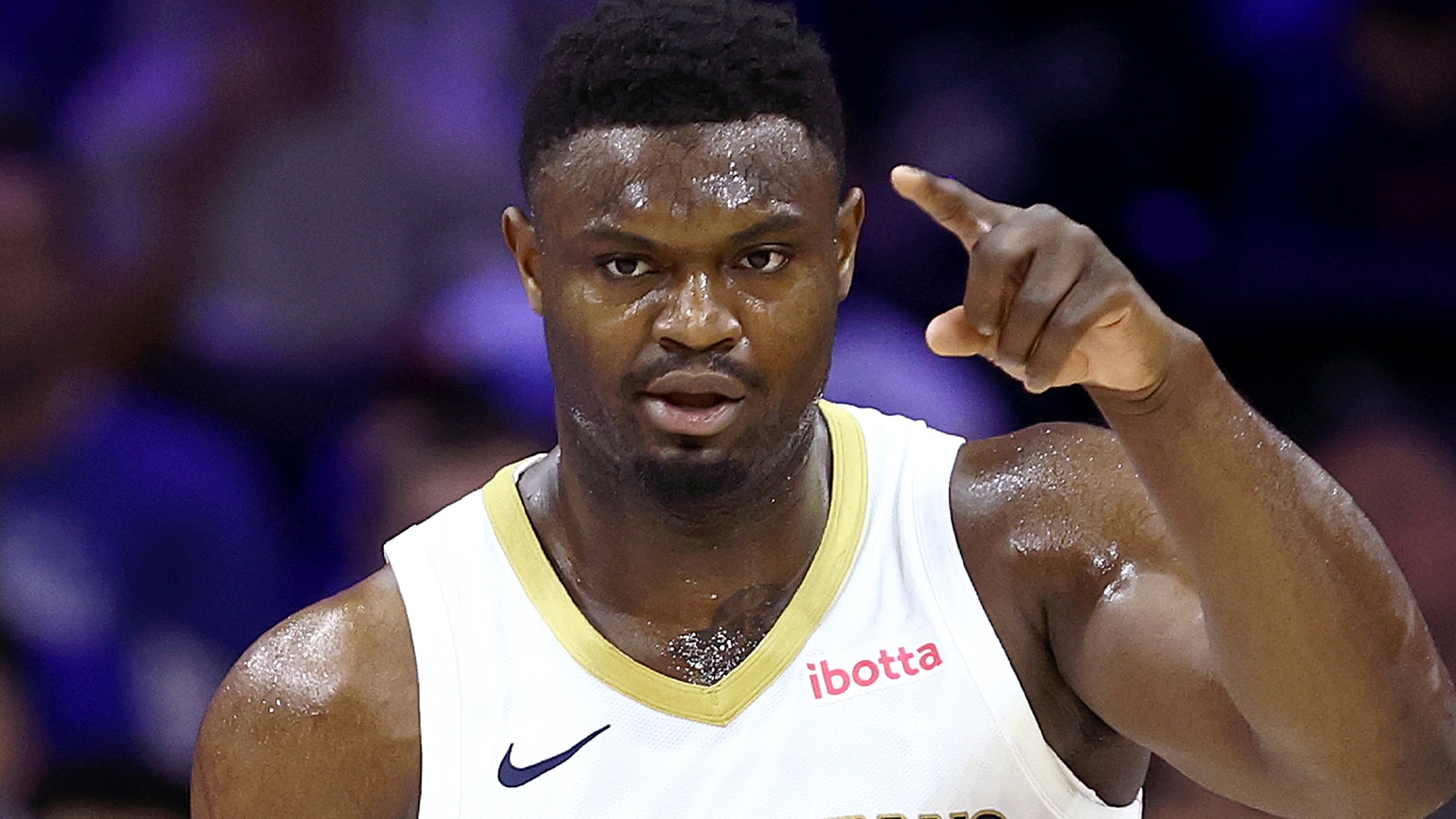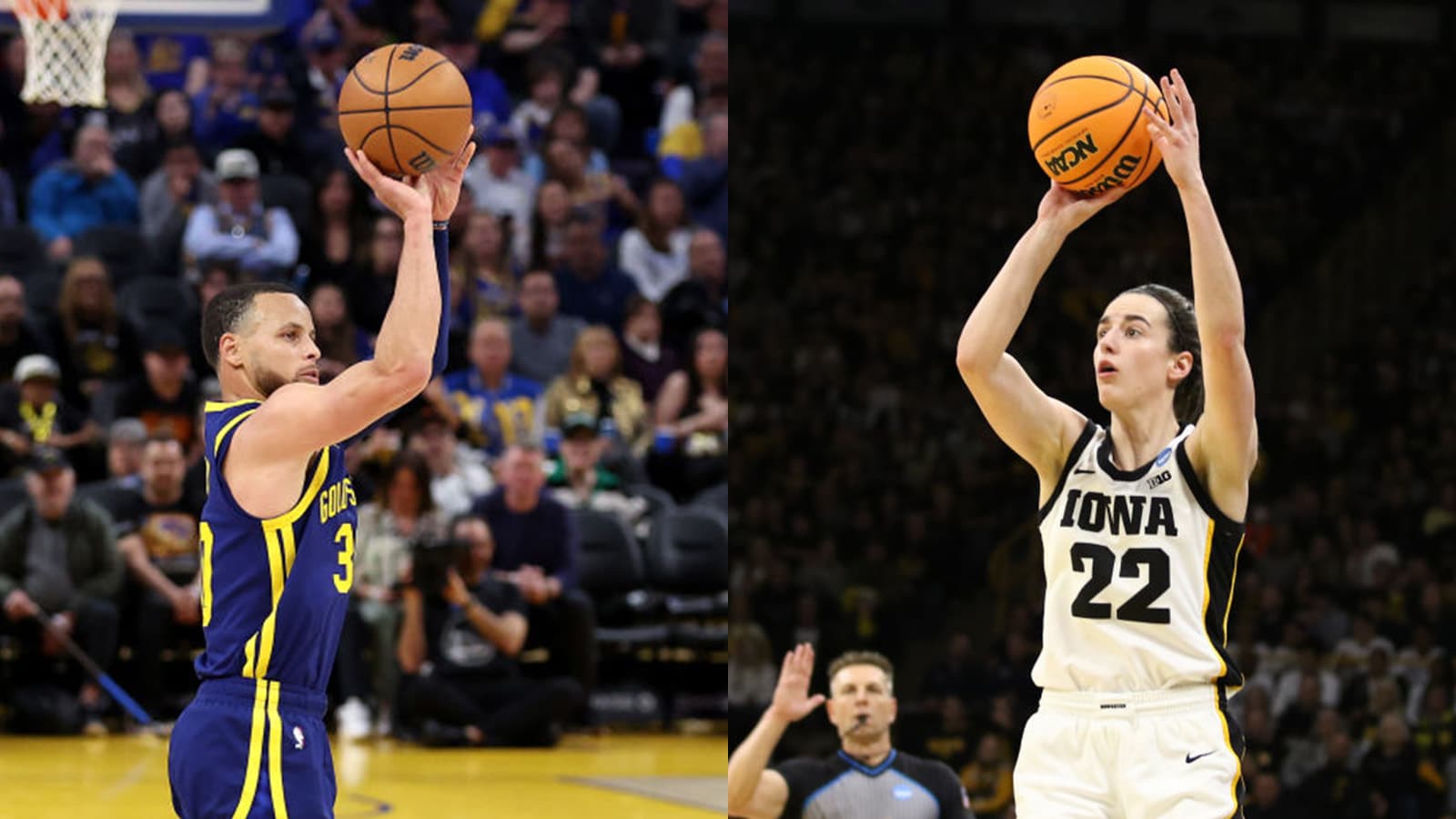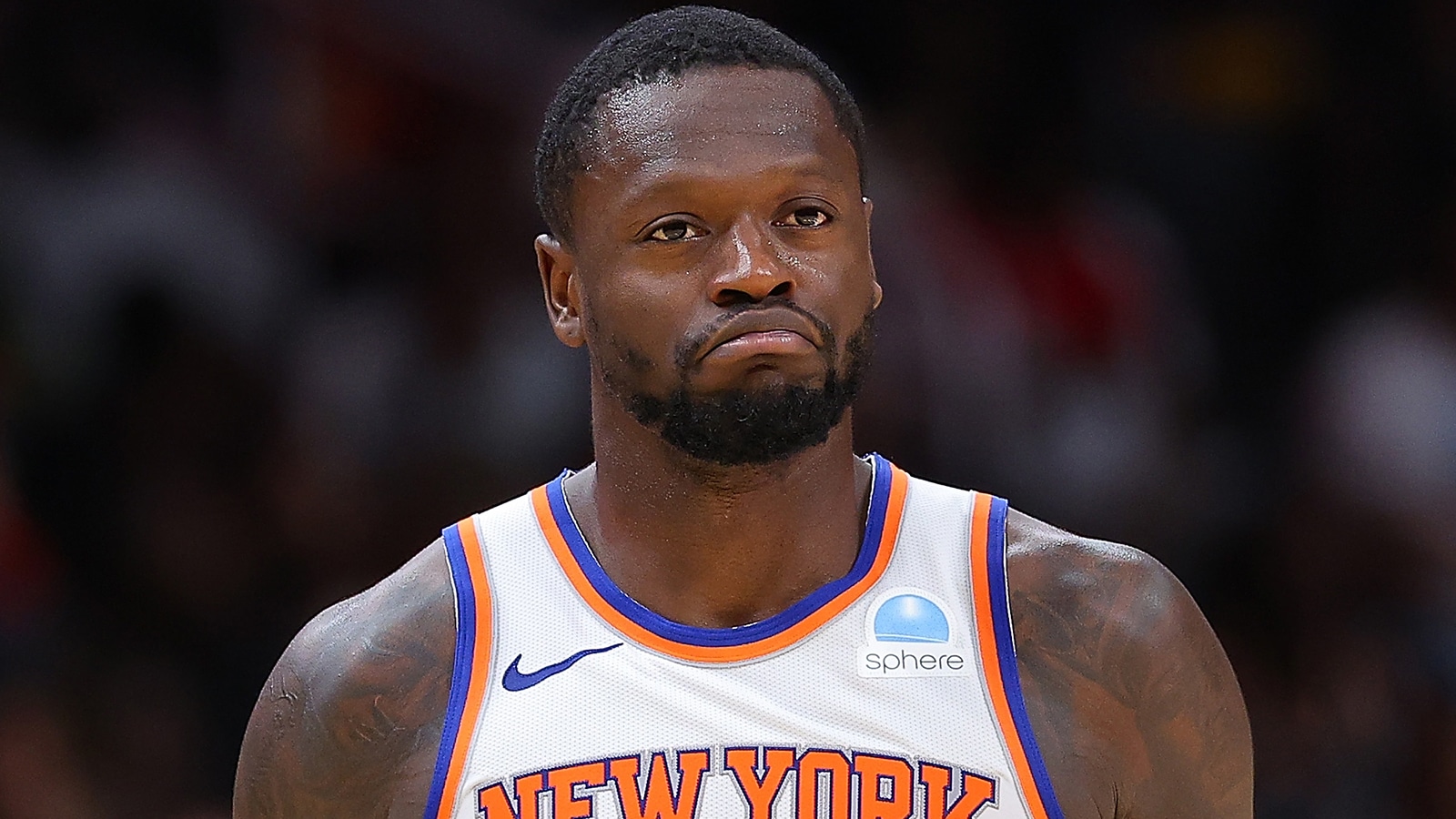Why Did Wilt Chamberlain Not Fix the One Part of His Game That Held Him Back?
When you think of the greatest players in NBA history, Wilt Chamberlain is almost always at the top or near the top of everyone’s list. Arguably the most dominant player the sport has ever seen, Chamberlain also holds multiple NBA records that won’t have a chance to be broken.
Although through all of his dominance there was one part of his game that held him back. Today we will talk about his one weakness and how it could have helped him be an even better player.
Wilt Chamberlain’s jaw-dropping stats
Chamberlain played 14 seasons in the league, making the All-Star team 13 times (he missed one year due to injury). He averaged 30 points and 22 rebounds per game for his career and won the scoring title seven times.
He also holds the record for most points in a game, scoring 100 in a 169-147 victory over the New York Knicks on March 2, 1962. Chamberlain was also a four-time league MVP and won two championships.
Revolutionized basketball
When Wilt Chamberlain entered the league, there hadn’t been a player of his size to step on the court. He routinely made scoring look easy, and as a rookie, he put up 37 points and 27 rebounds per game. No one had an answer for him when he got into the paint, and outside of a few other talented bigs, Chamberlain was the dominant force on a basketball court.
His only knock was having to convert at the charity stripe.
Wilt Chamberlain was a poor free-throw shooter
For his career, Wilt Chamberlain shot 51% from the free-throw line. Those numbers may seem staggering, especially when you consider how much more dominant he would have been with even a 15% increase. Chamberlain had seven seasons where he shot under 50%, and unsurprisingly those were the lowest point per game averages for his career.
One year of success?
Wilt Chamberlain’s highest level of success from the free-throw line came in the 1961-62 season. He shot 61% from the charity stripe. How did he go from 50% in the 61′-62′ season to 61% the following year? He shot his free throws underhanded.
Taking a normal free throw shot is a lot like shooting a mid-range jumper (except no jumping). Chamberlain never had to worry about shooting anywhere outside of the paint due to his physical size difference over much smaller defenders. This made trips to the line excruciatingly bad, but the underhand tactic worked.
Not only did his free throw percentage improve, but he averaged over 50 points per game that season, which was his career-high and an NBA record.
Why didn’t he stick with it?
The next year Chamberlain would go back to shooting free throws normally and his percentage dropped down slightly to 59%. After that, it went back to his normal low 50s to high 40s range. We think Chamberlain didn’t stick with the underhanded shooting is the stigma around it among NBA players.
It looks unnatural, and although it can be incredibly more accurate, we believe Chamberlain didn’t want to become the laughingstock of the league at such a young age.
We believe he could have put up 50 points per game during his prime for a couple of seasons had he stuck with it, but now there’s just a “what if” surrounding that scenario.


